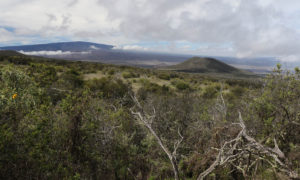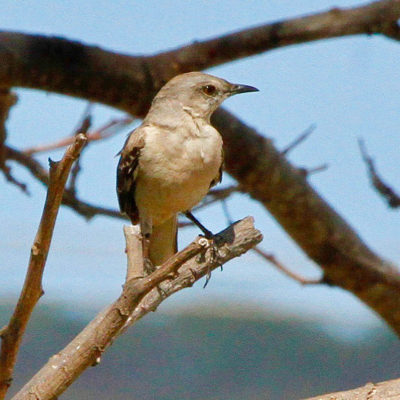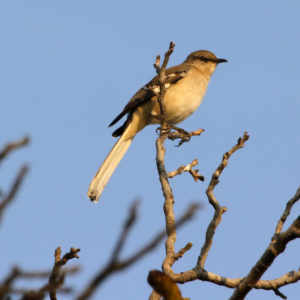Mimus polyglottos | northern mockingbird
Introduced
The northern mockingbird was first introduced to Hawaiʻi in 1928 by the Hui Manu society to help control insect pests and because of their pleasant song. At about 10 inches, they are fairly large song bird with a long tail. With a gray-brown body with paler chest and belly, they have distinct white wing patches and white outer tail feathers. These birds are typically found in dryer regions of Hawai’i Island often where there is lots of kiawe.
Hotspots for northern mockingbird
- Keālia Pond National Wildlife Refuge | Details for Keālia Pond National Wildlife Refuge
- Kanahā Pond State Wildlife Sanctuary | Details for Kanahā Pond State Wildlife Sanctuary
- Hosmer Grove (Haleakalā National Park) | Details for Hosmer Grove (Haleakalā National Park)
- Keāhole Point | Details for Keāhole Point
- Kaloko-Honokōhau National Historic Park | Details for Kaloko-Honokōhau National Historic Park
- Honua‘ula Forest Reserve (Makāula -‘O‘oma section) | Details for Honua‘ula Forest Reserve (Makāula -‘O‘oma section)
- Pu‘u Wa‘awa‘a ʻŌhiʻa Trail | Details for Pu‘u Wa‘awa‘a ʻŌhiʻa Trail
- Waiki‘i (off Old Saddle Road) | Details for Waiki‘i (off Old Saddle Road)
- Palila Forest Discovery Trail | Details for Palila Forest Discovery Trail
Keālia Pond National Wildlife Refuge
Wetland
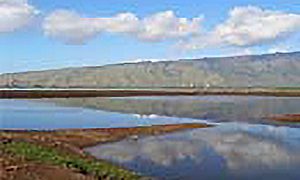
Kanahā Pond State Wildlife Sanctuary
Wetland
Hosmer Grove (Haleakalā National Park)
Dry forest
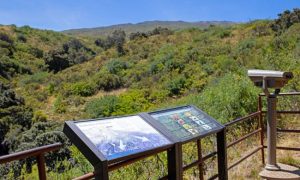
Keāhole Point
Coastal
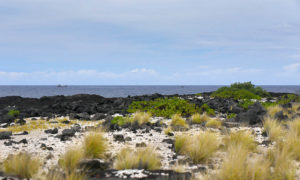
Kaloko-Honokōhau National Historic Park
Wetland
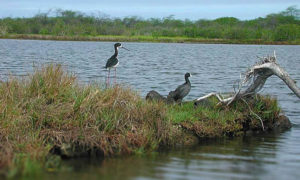
Honua‘ula Forest Reserve (Makāula -‘O‘oma section)
Wet forest
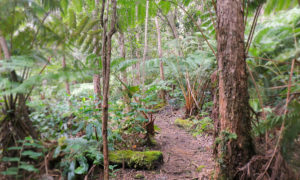
Pu‘u Wa‘awa‘a ʻŌhiʻa Trail
Dry forestPasture and grasslands
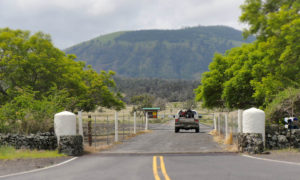
Waiki‘i (off Old Saddle Road)
Pasture and grasslands
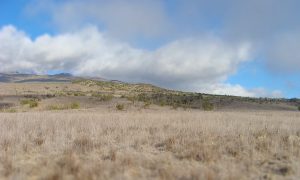
Palila Forest Discovery Trail
Dry forest
